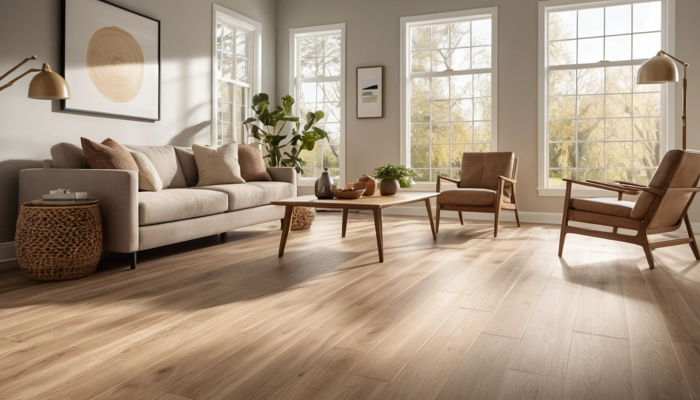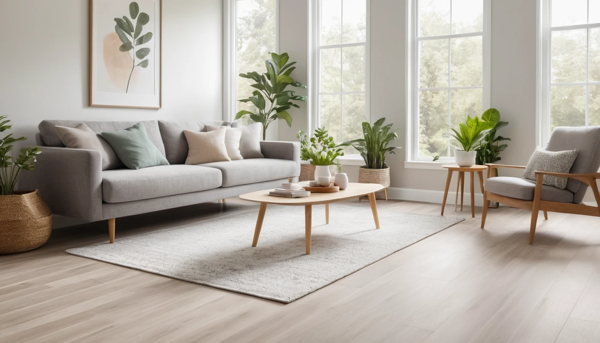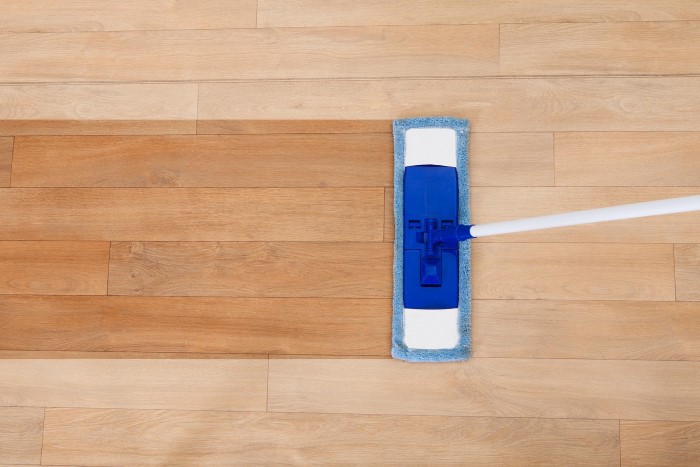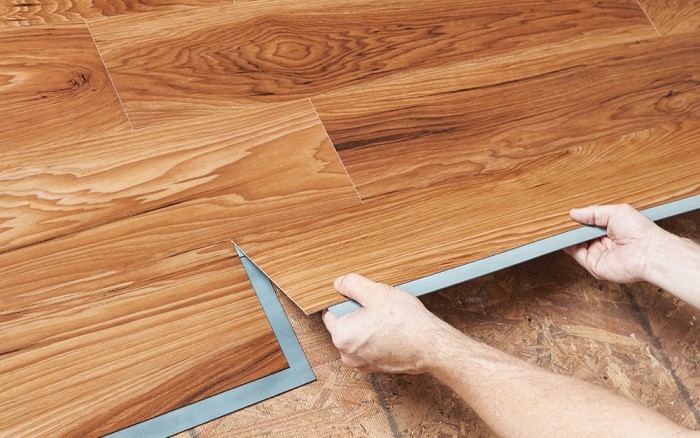Vinyl Flooring Materials — In-depth market analysis, emerging trends, and practical tips to choose durable, stylish floors for home and business.
Vinyl flooring materials include sheet vinyl, luxury vinyl tile (LVT), vinyl plank (LVP), SPC, and WPC. Choose by durability, water resistance, and design. This guide covers market trends, cost ranges, installation tips, and maintenance so you can pick the best option fast.
Table of Contents
Vinyl Flooring Materials
Have You Wondered Which Vinyl Floor Will Save You Money And Look Great?
Yes — Vinyl flooring materials range from budget-friendly sheet vinyl to high-end luxury vinyl tile and rigid core boards. Pick based on room use, moisture risk, and style. If you want waterproof durability, SPC or WPC plank is best. For large rooms on a budget, sheet vinyl works well.
What Vinyl Flooring Materials Are Made Of? 🧩
Vinyl floors are made from synthetic materials. Polyvinyl chloride (PVC) is the main ingredient. Manufacturers add stabilizers, colorants, and fillers to create sheets or tiles. The result is a resilient, water-resistant surface.
Most vinyl products have layered construction. Typical layers include a backing, printed design layer, wear layer, and protective coating. The wear layer controls scratch and stain resistance. Thicker wear layers usually mean better durability.
Luxury Vinyl Tile And Plank (LVT/LVP) Explained 📏
Luxury vinyl tile (LVT) and vinyl plank (LVP) mimic wood and stone. They print realistic textures and embossing to match natural materials. LVT is tile-shaped and great for stone looks. LVP is plank-shaped and suits wood visuals.
These products range from glue-down to click-lock. They often include a protective wear layer and are available in many thicknesses. LVT/LVP is popular in homes and light commercial spaces. Expect easy cleaning and strong style options. ✨
Sheet Vinyl And Resilient Vinyl Rolls 🌀
Sheet vinyl comes in large rolls. It provides a seamless surface that resists water. This makes it ideal for bathrooms and laundry rooms. Installation can be glued or loose-lay.
Sheet vinyl tends to be budget-friendly. Patterns are printed across the roll, which means fewer seams. Replacement can be harder because large cuts are needed. Yet, for moisture-prone areas, it’s a smart pick.
SPC And WPC Rigid Core Vinyl Types 🪵
SPC (Stone Plastic Composite) and WPC (Wood Plastic Composite) are rigid core vinyl. SPC uses limestone and PVC for a dense core. WPC uses a wood-plastic core for more give and warmth underfoot.
Both are usually click-lock installations and often waterproof. SPC is harder and more dimensionally stable. WPC offers better sound dampening and a cushioned feel. Choose SPC for heavy traffic and WPC for comfort.
| Type | Core Material | Best Use | Water Resistance |
| Sheet Vinyl | PVC backing | Bathrooms, basements | High |
| LVT / LVP | Flexible PVC | Living areas, kitchens | Medium–High |
| SPC | Stone + PVC | High traffic areas | Very High |
| WPC | Wood + PVC | Comfort areas | Very High |
Wear Layers, Vinyl Thickness, And Durability 🛡️
The wear layer is the most critical durability factor. It sits above the printed design and protects against scratches. Typical wear layer thicknesses are 6 mil to 20+ mil. Higher mil ratings mean longer life.
Product thickness also affects feel and sound. Thicker planks feel more solid. Underlayment can improve comfort and reduce noise. For homes, aim for at least an 8–12 mil wear layer for lasting performance.
Installation Methods: Glue, Click, And Loose Lay 🛠️
Vinyl installs three main ways: glue-down, click-lock, and loose-lay. Glue-down uses adhesives for a permanent bond. Click-lock snaps together for floating floors. Loose-lay stays in place by weight and friction.
Each method affects repair and replacement. Click floors are easiest to replace. Glue-down often suits commercial settings. Loose-lay can be a fast DIY option. Consider subfloor type before you choose.
Design Options And Aesthetic Trends 🎨
Vinyl now rivals wood and stone visually. Digital printing and embossing create lifelike textures. Plank widths and grout effects offer designer looks. Patterned tiles and mixed formats are on trend.
Color trends include warm neutrals and aged wood looks. Matte finishes and hand-scraped textures are popular. Many brands offer matching trim and transition pieces. This helps achieve a cohesive look.
“Vinyl now gives you the look of hardwood without the worry about spills.” 🪄
Market Analysis: Demand, Growth, And Price Drivers 📈
Demand for vinyl flooring has risen over the past decade. Consumers like price, durability, and style options. Rigid core products (SPC, WPC) are driving recent growth. Commercial interest adds steady demand.
Price depends on wear layer, core type, and brand. Imported vinyl can be cheaper than domestic lines. Labor costs change final installed price more than product cost. Expect price variations by region and retailer.
| Vinyl Type | Typical Price Range (Per Sq Ft) | Expected Lifespan |
| Sheet Vinyl | $1.00 – $3.00 | 10–20 Years |
| LVT / LVP | $2.00 – $6.00 | 10–25 Years |
| SPC / WPC | $3.00 – $8.00 | 15–30 Years |
Emerging Trends: Eco Vinyl And Recycling ♻️
Sustainability is becoming a market focus. Some manufacturers use recycled content and lower-VOC formulas. Take-back and recycling programs are growing slowly. Expect more eco-labels and certifications soon.
Waterproof and low-maintenance products remain attractive. New adhesives and installation methods reduce waste. Consumers often look for FloorScore or similar certifications. These signals healthier indoor air quality. 🌿
Practical Maintenance And Cleaning Tips 🧽
Cleaning vinyl is simple but important. Sweep or vacuum to remove grit daily. Use a damp mop and mild cleaner for deeper cleanings. Avoid harsh chemicals that can dull the wear layer.
For stains, blot spills quickly. Use manufacturer-approved cleaners for best results. For scuffs, a melamine eraser or specific vinyl cleaner often works. Regular care extends the life of your floor.
Common Mistakes To Avoid When Buying Vinyl ❌
Avoid choosing only on price. Low cost may mean thin wear layers or poor printing. Also, don’t skip the underlayment if noise is a concern. Underlayment can add comfort and hide minor subfloor issues.
Check warranty details and coverage. Some warranties exclude water damage. Always verify the product is rated for the intended room. Buying the wrong product leads to extra costs later. ⚠️
Where To Buy And How To Compare Brands 🛒
You can buy vinyl from big-box stores, specialty dealers, or online. Big-box stores offer value and fast pickup. Specialty dealers often offer better guidance and samples.
Compare specs like wear layer, core type, warranty, and installation method. Ask for samples to test color in your light. Read the fine print on return and installation policies. Make a short list before you buy.
| Buying Checklist | What To Check |
| Wear Layer Mil | At least 8–12 mil for homes |
| Core Type | SPC for high traffic, WPC for comfort |
| Installation | Glue, click, or loose-lay |
| Warranty | Coverage for residential use |
| Return Policy | Flexible returns help mistakes |
Installation Cost And Budgeting Tips 💸
Installation adds 30–60% to product costs typically. Click-lock floors reduce labor time. Glue-down adds complexity and cost. Get at least three quotes from installers.
DIY can save money but needs skill. Subfloor prep often increases cost unexpectedly. Budget extra for transitions, trim, and waste. A clear scope avoids surprise bills.
Vinyl Flooring For Different Rooms: Kitchen, Bath, Basement 🚪
Kitchens need durable, water-resistant vinyl with good wear layers. LVP or SPC is common in kitchens. Use waterproof seams near sinks.
Bathrooms favor sheet vinyl or rigid core planks. Basements require moisture-safe options like SPC. Always check manufacturer recommendations for below-grade use. 🧰
Warranty, Certifications, And Health Considerations 🏷️
Warranties vary widely between brands. Many offer 10- to 30-year residential warranties. Read exclusions for moisture and commercial use.
Certifications like FloorScore or GREENGUARD matter for indoor air quality. Look for low-VOC labels if you are sensitive. Keep manufacturer documents for future claims.
Final Buying Checklist And Action Plan ✅
Create a shortlist of top 3 products. Compare wear layer, core, and warranty. Order samples and test them in your room light. Schedule installation when materials and installer are ready.
A clear checklist saves time and money. Bold decisions on waterproofing, traffic, and budget will help you pick. Follow-up care will keep the floor looking great for years. 🌟
Conclusion
Vinyl flooring materials cover a wide spectrum from budget sheet vinyl to high-performance SPC. Choose by room, moisture risk, and desired look. Pay attention to wear layers, warranties, and installation type. With the right selection and care, vinyl gives long-lasting style and value.
FAQs
Which Vinyl Flooring Lasts The Longest?
SPC rigid-core vinyl typically lasts the longest. It offers high dimensional stability and strong wear layers. Proper maintenance helps achieve the top lifespan.
Is Vinyl Flooring Waterproof For Basements?
Many SPC and WPC products are waterproof and suit basements. Sheet vinyl also handles moisture well. Always confirm the manufacturer’s below-grade rating.
How Much Does Vinyl Flooring Cost Installed?
Installed costs vary by type and labor rates. Expect $2.50 to $9.00 per sq ft installed typically. Complex prep or glue-down raises the total.
Can Vinyl Flooring Be Refinished Or Repaired?
Vinyl cannot be refinished like hardwood. Small areas can be patched or plank-replaced. For heavy damage, replacement is usually necessary.
What Is The Best Underlayment For Vinyl?
A dense foam or cork underlayment works well for click-lock vinyl. It reduces noise and adds comfort. Check compatibility with your chosen product.






Leave a Reply